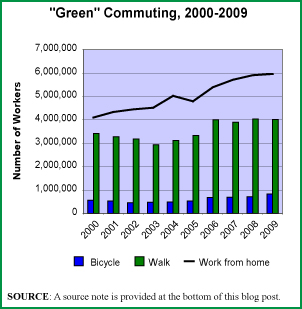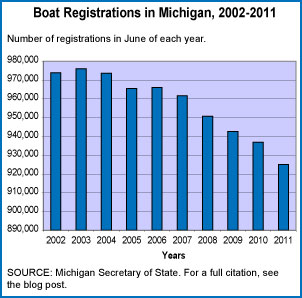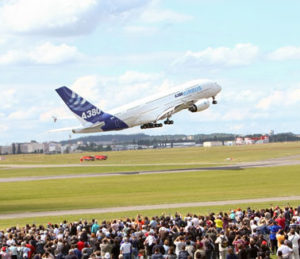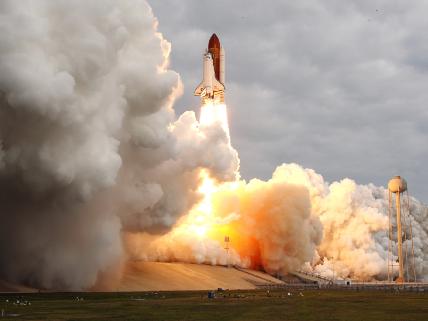Several of us here have had reason lately to make large payments to auto mechanics. This, combined with the level of business apparent at our various auto repair shops, led us to wonder if businesses that do automotive repair and maintenance work were perhaps recovering more quickly from the great recession than other businesses in the service sector.
The future looks bright for automotive repair shops as the median age of automobiles in the United States continues to climb. According to a study by R.L. Polk Company, the median age of automobiles on the road in the United States grew 44% between 1990 and 2008, from 6.5 years to 9.4 years. And these median age figures do not include the changes that resulted in the aftermath of the 2008 financial crisis which had a devastating impact on new vehicle sales. Demand for automotive repair will only increase as the age of the fleet increases.
Today’s market size is based on the estimated revenue of all automotive repair and maintenance firms in the U.S. in 2001 and 2010. Worth noting, these revenue figures are for firms defined by the source as “employer firms,” and thus do not include all those involved in doing repair work on their own or on the side.
Geographic reference: United States
Year: 2001 and 2010
Market size: $76,518 million and $83,714 million respectively
Source: Yearbook 2010, “Table 10.1 Other Services (Except Public Administration, Religious, Labor, and Political Organizations, and Private Households) (NAICS 81) – Estimated Revenue for Employer Firms: 2001 through 2009,” Service Annual Survey 2009, page 198, issued in February 2011 and available online here. Preliminary data for 2010 are from early released reports from the Service Annual Survey 2010.
Original source: U.S. Department of Commerce, Economics and Statistics Administration, U.S. Census Bureau






